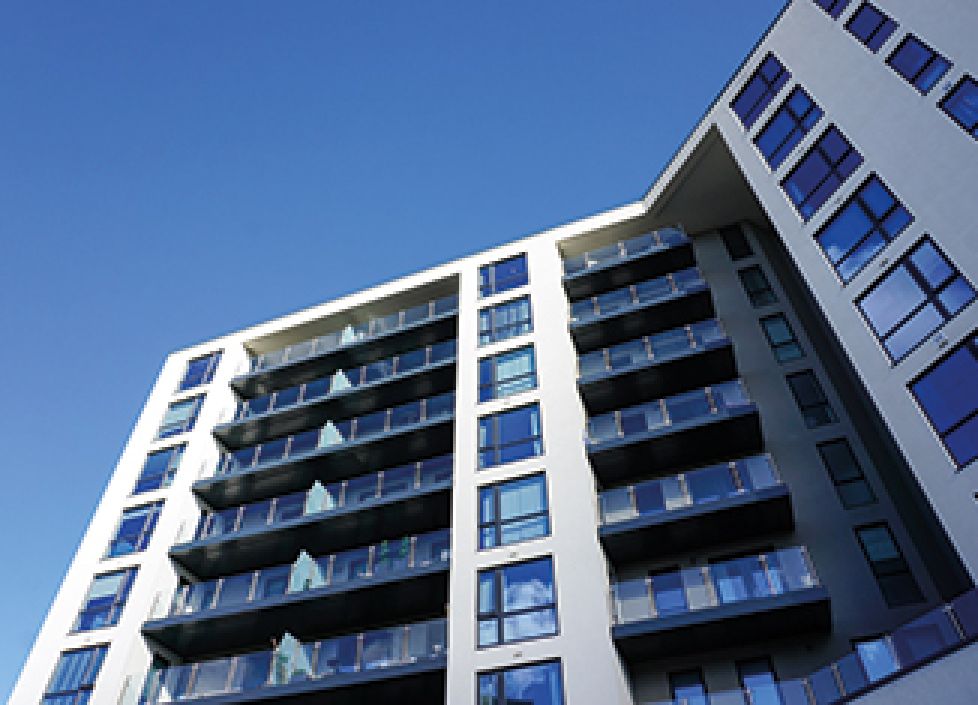The issue of who is responsible for which repairs at a property is often a fraught one. The answer will usually lie in the contract or statute so here are some of the key considerations to be aware of for both residential and commercial tenancies.
Contractual Obligations
The repairing obligations of the landlord and tenant will largely depend on the wording in the lease or tenancy agreement.
Primarily, it is critical that the agreement accurately defines the extent of the property demised to the tenant and reserved to the landlord, as disputes often arise where there is a gap or overlap in the parties' responsibilities. When approving draft agreements, landlords should take particular care to ensure the demised and reserved properties are unequivocally distinct.
In Marlborough Park Services Limited v Rowe (Court of Appeal, 2006), the tenant was responsible for the “joists and beams on which the floors are laid” and the landlord was responsible for the “main structure” of the building. A defect was identified in the timber floor of the flat. A structural engineer found this floor provided structural support – so the repair obligations were said to overlap. The landlord claimed the floor was within the demise and thus the tenant’s responsibility – arguing the “main structure” should be limited to items in the control of the landlord, but the court found that the timber floor was the landlord’s responsibility.
 Questions will also arise as to the required standard of repair. It is generally accepted that terms such as “good repair”, “tenantable repair” and “substantial repair” do not give rise to any more substantial a repairing obligation than simply “in repair”. However, a covenant requiring the property is kept "in good repair and condition" is more onerous than "good repair" alone. An obligation to keep the property in good condition may require works to be carried out even where there is no disrepair.
Questions will also arise as to the required standard of repair. It is generally accepted that terms such as “good repair”, “tenantable repair” and “substantial repair” do not give rise to any more substantial a repairing obligation than simply “in repair”. However, a covenant requiring the property is kept "in good repair and condition" is more onerous than "good repair" alone. An obligation to keep the property in good condition may require works to be carried out even where there is no disrepair.
Note, the usual standard of repair that is applied by the Courts is “such repair as, having regard to the age, character and locality of the (property) would make it reasonably fit for the occupation of a reasonably minded tenant of the class who would be likely to take it” (Proudfoot v Hart (1890)).
Landlords should also be aware of the following when approving draft documents:
- “Repairing” and “renewing” are distinct obligations. An obligation to repair does not mean the tenant must renew. If renewal is required, then this should be specifically stated.
- An obligation to “keep in working order” implies maintenance of a practical function, beyond repair.
- The agreement should clearly set out the condition that the tenant must return the property in at the end of the term. A schedule of condition should be used where appropriate.
Statutory Obligations
There are statutory repairing duties that can exceed the contractual obligations.
Section 11 of the Landlord and Tenant Act 1985 implies a compulsory term into all residential tenancy agreements with terms of less than seven years (and certain longer-term tenancies in the social housing sector) even where there is an express repairing covenant. You cannot contract out of the repairing obligations under this statute.
Section 11 requires that landlords must keep the following in repair and working order:
- The structure and exterior of the property, including drains, gutters, windows and external pipes.
- Installations for the supply of water, gas, electricity and sanitation. This includes sinks, baths and toilets, but not appliances.
- Installations for space heating and heating water, including the boiler and radiators.
Further, The Homes (Fitness for Human Habitation) Act 2018 came into force on 20 March 2019 and requires all landlords of residential dwellings to ensure that their properties, including any common parts, are fit for human habitation at the beginning of the tenancy and throughout. This applies to tenancies shorter than seven years granted (or renewed) on or after 20 March 2019. From 20 March 2020 it will also apply to periodic tenancies pre-dating 20 March 2019.
Examples of conditions which may render a dwelling unfit for habitation under the 2018 Act are:
- Damp/mould.
- Lack of ventilation.
- Lack of natural light.
- Excess heat/cold.
- Pests.
Finally, Section 4 of the Defective Premises Act 1972 imposes a duty of care on landlords to anyone who might be affected by defects in premises. This can include invitees, customers and other third parties, in addition to the tenants themselves. The duty under the DPA 1972 applies to both residential and commercial properties.
Where the duty applies, the landlord must take reasonable care to ensure users of the premises are safe from personal injury or property damage caused by a defect.
It is important to note this duty will arise where the landlord has an express or implied right to enter the premises to carry out any repair or maintenance, even where there is no contractual obligation to repair. For example, where the lease reserves a right for the landlord to enter the premises to remedy tenant repair breaches.
The duty of care arises when the landlord knows or ought to have known about the defect. Actual notice of the defect is not necessary.




















